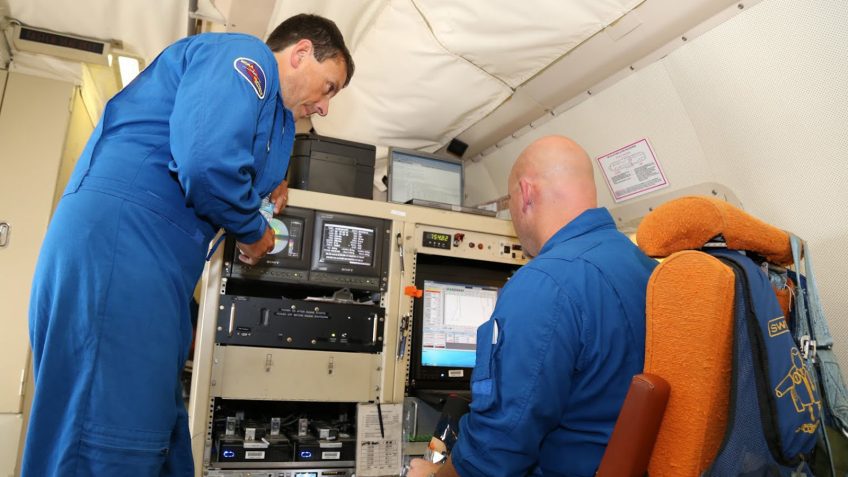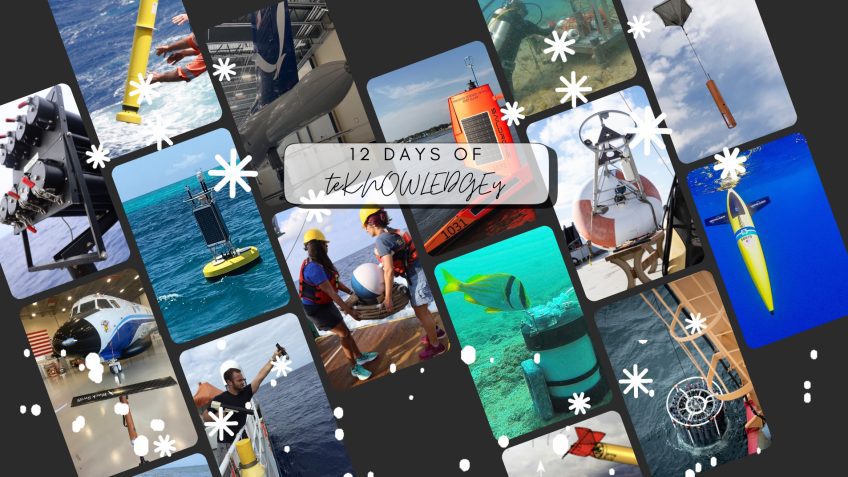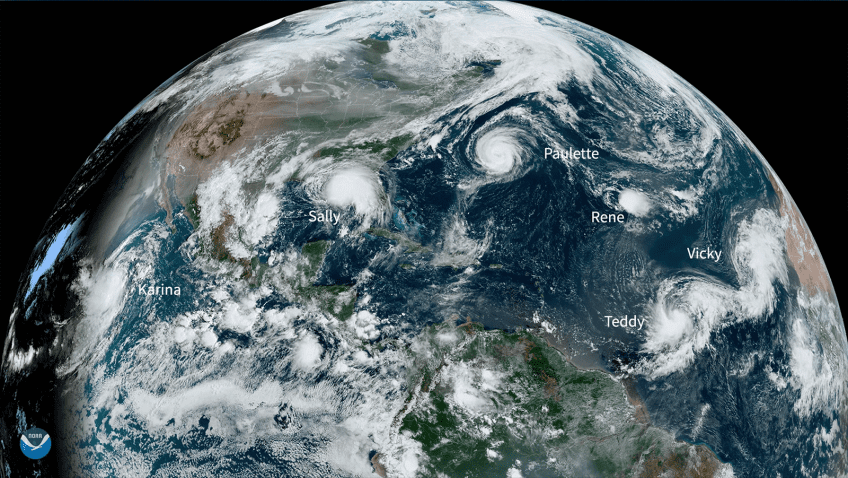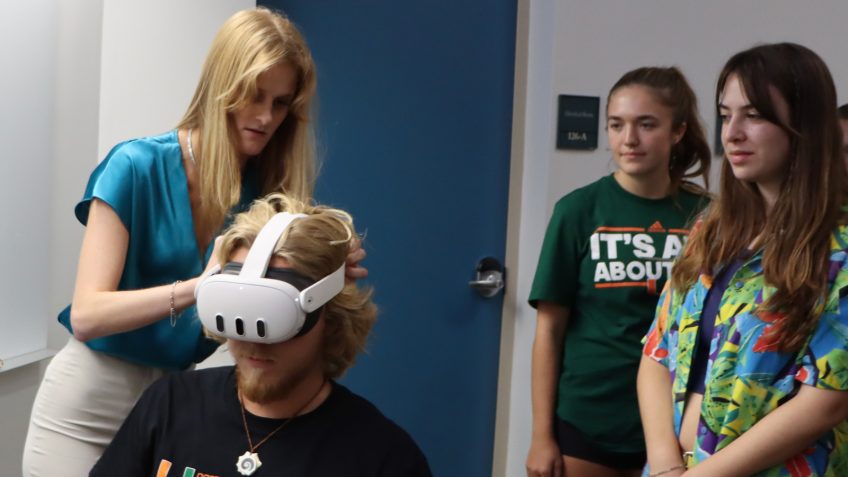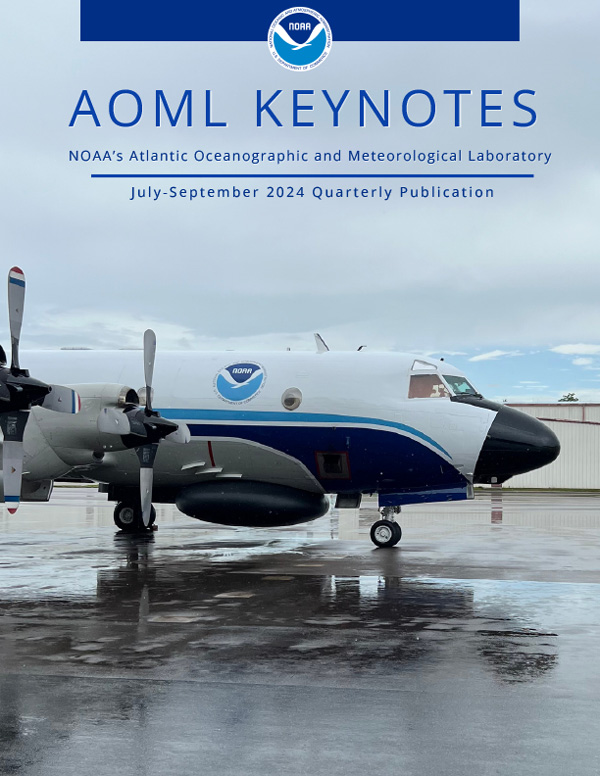What was the bumpiest hurricane flight ever? Scientists now have the answer with new flight bumpiness measurement system
Original article published by NOAA Research on March 31, 2025. Hurricane researchers know bumpy flights better than anyone else, but, after a particularly turbulent flight into Hurricane Ian, scientists were left wondering if it was the bumpiest flight on record aboard a NOAA WP-3D Orion hurricane hunter aircraft. This question led scientists to develop a […]

